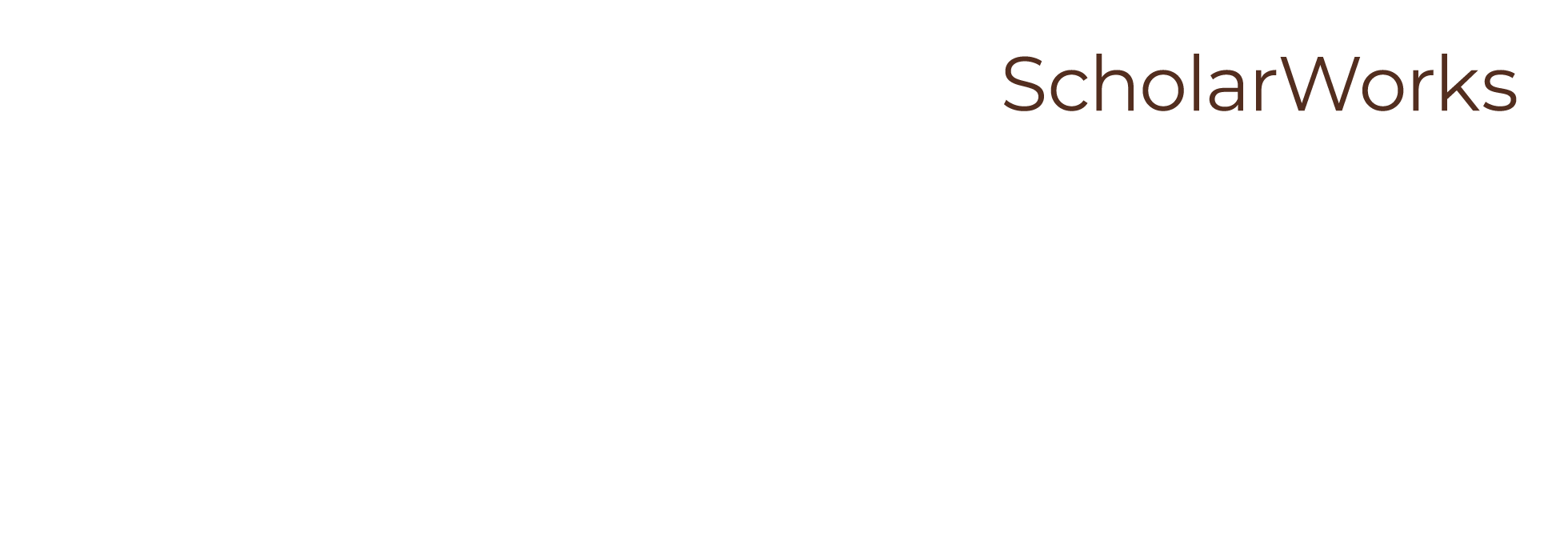Optical Properties of Quantum-Sized Gold and Silver Nanoclusters
Date of Award
6-2017
Degree Name
Doctor of Philosophy
Department
Chemistry
First Advisor
Dr. Ramakrishna Guda
Second Advisor
Dr. Ekkehard Sinn
Third Advisor
Dr. Sherine Obare
Fourth Advisor
Dr. Charles Ide
Keywords
Quantum-sized nanoclusters, optical properties, electron-phonon, bioimaging, gold and silver, Band Gap Law
Abstract
Atomically precise quantum-sized gold and silver nanoclusters have gained enormous research attention as they show unique properties like discrete electronic transitions, superparamagnetism, greater catalytic activity, and enhanced linear and non-linear optical properties. These characteristics make them viable for applications in molecular electronics, catalysis and biological imaging. Among several characteristics, optical properties like electronic absorption, photoluminescence (PL) and exciton dynamics have been the focus of intense research in recent years. Although progress has been made exploring the optical properties, several important questions are yet to be understood, which include the influence of ligands, metal atom doping, mechanism of PL etc. To gain further insights into these phenomena, in this study, we used the power of temperature-dependent absorption, PL and ultrafast time-resolved spectroscopy.
Firstly, core-gold/shell-gold electron-phonon interactions in bi-icosahedral Au25 clusters were studied via the use of temperature-dependent absorption and ultrafast time-resolved PL. The results show that the staple shell motif structure is important for understanding the electron phonon interaction and the coupling of core and shell-gold. The ligands that make up the shell-gold were altered and their influence on optical properties were studied; the results show that the chemical nature of ligands has minor effect on both steady-state and time-resolved optical properties. The influence of solvent on bi-Au25 clusters was studied and the results revealed that in protic solvents, solvent hydrogen bonds with axial Cl atoms and it alters the absorption at low temperatures. This result proves that the optical properties of quantum-sized gold clusters are similar to that of molecules, with subtle differences.
Secondly, we focused on understanding the origins of PL in gold clusters. Our efforts revealed that the ligand to metal-metal charge transfer state is the reason for greater PL in glutathione-protected Au22 clusters. The results demonstrate that the rigidification of shell-gold enhances PL quantum yield as high as 60% was realized for tetraoctylammonium-passivated Au22 clusters. Rigidification of the shell-gold was shown to be the reason for enhancing PL in protein-passivated gold clusters. Another strategy involving fluorescence resonance energy-transfer from the dye to Au22 cluster was demonstrated as a viable path for achieving highly luminescent gold clusters in water. Detailed time-resolved measurements demonstrated that both energy and electron transfer pathways are prevalent in dye-functionalized gold clusters and it is important to overcome electron transfer deactivation to achieve enhanced energy transfer-assisted PL.
Temperature-dependent and ultrafast time-resolved optical measurements on metal-doped gold and silver clusters revealed that the central metal atom alters both electron-phonon interactions as well as exciton lifetimes. Interestingly, the results of this study provided support for an Energy Gap Law developed to describe the non-radiative deactivation pathways in organometallics. Systematic size-dependence measurements were carried out on hexane-thiolate protected gold clusters and the energy gap law successfully predicted the dependence of exciton dynamics on the HOMO-LUMO energy gap. Moreover, optical measurements reveal the unique behavior of highly symmetric icosahedral Au144 clusters.
Access Setting
Dissertation-Abstract Only
Restricted to Campus until
6-2027
Recommended Citation
Thanthirige, Viraj Dhanushka, "Optical Properties of Quantum-Sized Gold and Silver Nanoclusters" (2017). Dissertations. 3125.
https://scholarworks.wmich.edu/dissertations/3125

